Looking for a drone for beginners? Our guide to the best beginner drones 2023 provides you with an overview of suitable beginner drones. Find a suitable model at a glance and all the information you need to know to get started in the world of drones.
Which drone for beginners?
The following list provides you with an overview of the 10 best beginner drones in short form. After that, you will find important points that make up a good beginner’s drone, detailed information on the listed and other drones, and information on what else you should look out for when buying.
Beginner drones at a glance
When choosing a suitable drone for beginners, there are two approaches:
- the cheapest possible drone for beginners, but with few features, harder to fly and mediocre to poor image quality
- more expensive drone, but with additional functions that make flying much easier and significantly better image quality
The following overview takes both options into account. Explanations of the rankings follow in the next paragraph.
UVP: 109€
- Gewicht: 80 g
- Größe: 98×92.5×41 mm( LxBxH )
- max . Flugzeit: 13 Minuten
- max . Reichweite: 100 m
- max . Flughöhe: 30 m
- max . Geschwindigkeit: 28,8 km/h
- Kamera - Sensor: -
- max . Foto - Auflösung: 2592×1936 Pixel
- max . Video - Auflösung: 1280×720 Pixel
- Interner Speicher: - GB
- Betriebstemperatur: -°C
- Features: Entfernungsmesser, Barometer, LED, Sichtsystem
- sehr günstiger Preis
- ideal für absolute Drohnenanfänger und Kinder
- Steuerung über Smartphone
- vordefinierte Flugmanöver
- eher schlechte Video-Qualität
- fixe Kamera ohne Gimbal
- kein GPS
- stark eingeschränkter Funktionsumfang
Fazit: Die DJI Ryze Tello tanzt in der Auflistung etwas aus der Reihe. Dennoch möchten wir diese winzige Drohne als Alternative für absolute Drohneneinsteiger ins Spiel bringen, die mit rund 100€ ihre ersten Schritte in der Welt der Drohnen wagen möchten. Selbstverständlich ist das Modell zu dem Preis und in der Größe teureren Modellen technisch unterlegen, bietet aber dennoch einige Funktionen zum ausprobieren mit.
UVP: 459€
- Gewicht: 249 g
- Größe: 159 × 203 × 56 mm( LxBxH )
- max . Flugzeit: 31 Minuten
- max . Reichweite: 6000 m
- max . Flughöhe: 4000 m
- max . Geschwindigkeit: 57,6 km/h
- Kamera - Sensor: 1/2,3''-CMOS
- max . Foto - Auflösung: 3840×2160 Pixel
- max . Video - Auflösung: 3840×2160 Pixel
- Interner Speicher: - GB
- Betriebstemperatur: -10 bis 40°C
- Features: 4K, Quickshots, 3-Achsen-Gimbal, OcuSync 2.0, QuickTransfer, GPS
- super Preis-Leistungs-Verhältnis
- geringes Gewicht
- kompakte Bauweise
- 4K-Auflösung
- gute Foto- und Videoqualität
- 100 MBit/s Videobitrate
- 3-Achsen-Gimbal
- OcuSync 2.0
- RAW-Format
- USB-C
- gute Flugeigenschaften
- Mavic Air 2 Fernsteuerung
- Propeller mit Schrauben befestigt
- keine Hindernisserkennung
- kein ActiveTrack
- im direkten Vergleich weniger hochwertig verarbeitet als größere Mavic Modelle
UVP: 739€
- Gewicht: 248 g
- Größe: 171 × 245 × 62 mm mm( LxBxH )
- max . Flugzeit: 34 Minuten
- max . Reichweite: 18000 m
- max . Flughöhe: 4000 m
- max . Geschwindigkeit: 57,6 km/h
- Kamera - Sensor: 1/1,3" CMOS
- max . Foto - Auflösung: 8064×6048 Pixel
- max . Video - Auflösung: 3840×2160 Pixel
- Interner Speicher: 1,2 GB GB
- Betriebstemperatur: -10 bis +40°C
- Features: 4K, Quickshots, MasterShots, APAS 4.0, ActiveTrack 4.0, QuickTransfer, GPS, O3, 3-Achsen-Gimbal (vertikal ausrichtbar)
- geringes Gewicht
- kompakte Bauweise
- 4K-Auflösung mit 60 FPS
- OcuSync 3.0 (O3)
- Vertikal ausrichtbare Kamera
- 3-Achsen-Gimbal
- Hindernissensoren in 3 Richtungen (vorne, hinten, unten)
- ActiveTrack 4.0
- APAS 4.0
- Hoher Preis
- Propeller mit Schrauben befestigt
- kein Netzteil im Lieferumfang
UVP: 1099€
- Gewicht: 720 g
- Größe: 258,8 × 326 × 105,8 mm( LxBxH )
- max . Flugzeit: 46 Minuten
- max . Reichweite: 10000 m
- max . Flughöhe: 6000 m
- max . Geschwindigkeit: 68 km/h
- Kamera - Sensor: 1/1,3
- max . Foto - Auflösung: 8064 × 6048 Pixel
- max . Video - Auflösung: 3840 × 2160 Pixel
- Interner Speicher: 8 GB
- Betriebstemperatur: -10 bis +40°C
- Features: GPS, 3-Achsen-Gimbal, GLONASS, Baidu, 4K Auflösung, Dual-Kamera, schwenkbare Kamera, ActiveTrack 5.0, RTH, OcuSync 4.0, Spotlight 2.0, Point of Interest 3.0QuickShots
- Dual-Kamera
- 90° schwenkbare Kamera
- 10-bit Farbtiefe
- 46 Minuten Flugzeit
- C1 Label
- Waypoint-Funktion
- omnidirektionales Hindernis-Erkennungssystem
- OcuSync 4.0
- Video-Bitrate von 150 MBit/s
- sehr gute Flugeigenschaften
- sehr gute Foto- und Videoqualität
- gesunkene Video-Auflösung gegenüber Vorgänger
- feste Blende
- kein Support der DJI RC 1
UVP: 999€
- Gewicht: 595 g
- Größe: 183 × 253 × 77 mm( LxBxH )
- max . Flugzeit: 31 Minuten
- max . Reichweite: 12000 m
- max . Flughöhe: 5000 m
- max . Geschwindigkeit: 68,4 km/h
- Kamera - Sensor: 1'' CMOS
- max . Foto - Auflösung: 5472x3648 Pixel
- max . Video - Auflösung: 5472 x 3078 Pixel
- Interner Speicher: 8 GB
- Betriebstemperatur: 0 bis 40°C
- Features: GPS, 3-Achsel-Gimbal, 5.4K Auflösung, OcuSync 3.0, ActiveTrack 4.0, APAS 4.0, Spotlight 2.0, POI 3.0, Quickshots, Timelaps, RTH, ADS-B
- 1 Zoll großer Bildsensor
- 5.4K Auflösung
- 10-bit Farbtiefe
- sehr gute Foto- und Videoqualität
- zusätzliche nach oben gerichtete Hindernisserkennung
- OcuSync 3.0
- sehr gute Flugeigenschaften
- zahlreiche Foto- und Videoaufnahmemodi
- Video-Bitrate von 150 MBit/s
- feste Blende
- keine seitlichen Sensoren
- Propeller können falsch angebracht werden
- kein KFZ-Ladegerät in der Fly More Combo Version
UVP: 699€
- Gewicht: 320 g
- Größe: 175 x 240 x 65 mm( LxBxH )
- max . Flugzeit: 25 Minuten
- max . Reichweite: 4000 m
- max . Flughöhe: 4500 m
- max . Geschwindigkeit: 55 km/h
- Kamera - Sensor: 1/2,4’’ CMOS
- max . Foto - Auflösung: 5344x4016 Pixel
- max . Video - Auflösung: 4096x2160 Pixel
- Interner Speicher: - GB
- Betriebstemperatur: -10 bis 50°C
- Features: 4K, GPS, Geofence, Hyperlapse, Follow-Me, Find my Drone, RTH,
- leiser als Konkurrenz
- zusammengefaltet sehr kompakt
- zahlreiche Flug- und Aufnahmemodi
- gute Bildqualität
- großer Lieferumfang
- um 180° schwenkbare Kamera
- Hybrid-Gimbal (nur 2 Achsen mechanisch stabilisiert)
- kostenpflichte In-App Funktionen
- Propeller nur mit Werkzeug tauschbar
UVP: 449€
- Gewicht: 792 g
- Größe: 305 x 252 x 90 mm( LxBxH )
- max . Flugzeit: 43 Minuten
- max . Reichweite: 8000 m
- max . Flughöhe: - m
- max . Geschwindigkeit: 36 km/h
- Kamera - Sensor: Sony 1/3 Zoll CMOS
- max . Foto - Auflösung: 4163×3122 Pixel
- max . Video - Auflösung: 3840×2160 Pixel
- Interner Speicher: - GB
- Betriebstemperatur: -10 bis 40°C
- Features: 4K-Video, GPS, RTH, 3-Achsen-Gimbal, Hyperlapse, Panorama, Wegpunkt, Orbit, Line Fly-Modus, Follow-Me
- sehr hohe Flugzeit
- zahlreiche Flug- und Aufnahmemodi
- gutes Preis-Leistungs-Verhältnis
- relativ langsame Höchstgeschwindigkeit
- niedrige Bitrate von 60 MBit/s
- 4K nur bei max. 30 FPS
UVP: 1699€
- Gewicht: 1995 g
- Größe: 520 mm (diagonale Länge) mm( LxBxH )
- max . Flugzeit: 28 Minuten
- max . Reichweite: 1600 m
- max . Flughöhe: keine Angabe m
- max . Geschwindigkeit: 48,6 km/h
- Kamera - Sensor: 1'' CMOS
- max . Foto - Auflösung: 5472x3648 Pixel
- max . Video - Auflösung: 3840×2160 Pixel
- Interner Speicher: - GB
- Betriebstemperatur: 0 bis 40°C
- Features: 3-Achsen-Gimbal, GPS, Follow Me, Orbit Me, POI, Wegpunkte, RTH, Hindernisserkennung
- 1-Zoll Bildsensor
- wechselbare Kamera
- zahlreiche Flug- und Aufnahmemodi
- Fernsteuerung ohne Smartphone nutzbar (integriertes Display)
- einklappbares Landegestell
- ausfallsicherer als Quadcopter
- nicht so kompakt
- vergleichsweise geringe Reichweite
- langer Verbindungsaufbau zwischen Fernsteuerung und Drohne
UVP: 4799€
- Gewicht: 895 g
- Größe: 347,5 × 283 × 107,7 mm( LxBxH )
- max . Flugzeit: 46 Minuten
- max . Reichweite: 10000 m
- max . Flughöhe: 6000 m
- max . Geschwindigkeit: 68 km/h
- Kamera - Sensor: 4/3
- max . Foto - Auflösung: 5280×3956 Pixel
- max . Video - Auflösung: 5120×2700 Pixel
- Interner Speicher: 8GB (Standard) / 1TB (Cine) GB
- Betriebstemperatur: -10° - 40°°C
- Features: Da einige Funktionen in der Verkaufsversion noch fehlen, wird dieser Punkt im Januar ergänzt.
- Duales Kamerasystem
- Hasselblad Kamera
- Großer 4/3 Zoll Sensor
- sehr gute Foto- und Videoqualität
- Omnidirektionales Hindernisserkennungssystem
- extrem lange Flugzeit
- Apple ProRes Codec (Cine)
- integrierte 1TB SSD (Cine)
- OcuSync 3+
- Hoher Preis
What makes a good beginner drone?
The segment of beginner drones is gigantic. Prices here start in the low double digits and are largely open at the top. But why is that?
It’s because the definition of entry-level drones is hard to pin down. Is it simply a matter of inexpensive models without many functions to familiarise oneself with the subject of drones per se? Do you just want to see if the whole thing is for you?
Or are we talking about more expensive models with sophisticated technology that can help beginners overcome many hurdles during their first flights and offer good to very good image quality?
The advantage of inexpensive drones without many functions is, of course, the price. For as little as €30, you can take off with simple models and gain your first flying experience. However, you will quickly notice that flying such models is often more difficult than flying more expensive models.
In addition, inexpensive drones do not have cameras or only provide insufficient image quality to be able to do anything with the recordings. This can quickly lead to frustration. These drones can only be described as toys.
More expensive models offer helpful functions that make flying the drone easier. Something that both beginners and advanced users benefit from. This makes it easier to get into drone flying, and you also get appealing image quality.
For this reason, we take a middle course in our personal definition of drones for beginners:
- The price should not be the decisive criterion, but start with models at the lower end.
- The drone should provide sufficient image quality to deliver usable images / videos at least under optimal conditions.
- The range of functions should include at least a few useful features for beginners and novices, which will make the first few hours of flying easier.
Very cheap drones or small drones without a camera are not included in this guide. However, you can find suitable children’s drones or fun d rones in the separately linked article.
Useful functions for beginner drones
- GPS
- Visual sensors
- Obstacle detection
- Return-To-Home(RTH)
- Automatic flight and recording modes
Beginner drones presented in detail
The price tip
DJI Ryze Tello
The Ryze Tello is a small drone that is absolutely aimed at price-conscious beginners. With some intelligent flight functions and gesture control, even a complete beginner can immediately enjoy flying a drone. However, you have to do without exceptional image quality, advanced camera and recording modes.
Primarily, the drone is controlled directly via the smartphone. A separate remote control is not necessary, but is optionally available for additional precision when flying. The drone is ideal for flying indoors. Due to its light weight, it is subject to fewer flight restrictions when flying outdoors.
With a flight time of 13 minutes, a range of 100 metres and a 720p camera, the drone is very popular at a price of around €100. A very good price/performance compromise for a very affordable entry-level drone with which you can get your first taste of drone air.
For us, a recommendation for people with a low budget or for people who want to try their first flights with small drones in a very uncomplicated way.
Price-performance winner
DJI Mini 2
The DJI Mini 2 is an entry-level / beginner drone from DJI that was officially introduced on 05 November 2020.
Note: The predecessor model of the Mini 2, the DJI Mavic Mini, is still suitable. However, it can only record videos in 2.7K resolution, does not support RAW format and comes with a smaller remote control, without OcuSync 2.0 transmission protocol, but also costs around €399 in the standard version and €499 in the Fly More Combo version. A real money-saving tip for people who don’t need 4K.
With a weight of less than 249g and dimensions of 159 × 203 × 56 mm (unfolded, without propeller), the Mini 2 is extremely compact and is thus below the weight limits of some countries, which are usually 250g (see EU Drone Regulation) and entail lighter regulations.
With a flight time of around 31 minutes, a maximum altitude of 4000m and a top speed of around 57.6 km/h, the drone delivers impressive technical data for its size.
Photos can be taken with a resolution of 4000 x 3000 px in 4:3 format or 4000 x 2250 px at 16:9. Video resolution reaches a maximum of 4k at up to 30 FPS (60 FPS at 2.7k).
Compared to its predecessor, the Mini 2 can take photos in raw format and supports DJI’s own OcuSync 2.0 transmission protocol.
The DJI Mini 2 is controlled with a remote control that is identical to that of the DJI Mavic Air 2 and also works with both drones. As with its predecessor, the DJI Fly app on the smartphone is required for flying.
The DJI Fly app offers access to some predefined flight manoeuvres of the drone, extensive editing options for the captured images as well as some flight training exercises.
The standard version of the drone costs €459, while the Fly More Combo, with additional accessories such as extra batteries, carrying case and replacement propellers, costs €599.
Drone for beginners: alternative away from DJI
Holy Stone HS720
The HS720 from Holy Stone is a popular beginner drone with quite a few features and a good image for the low price. It is often chosen as an alternative to comparable DJI models.
The drone weighs 460g and can be folded for transport. When unfolded, it measures 365 x 335 x 60 mm. The flight time is about 26 minutes and the range is 800-1000 metres.
The HS720 takes photos and videos in 4k resolution (4096×2160 pixels). Unfortunately, as is often the case in this price range, the drone does not offer a proper gimbal to stabilise the image. It only has a small damping that can cushion minor vibrations. Shake-free photos and videos cannot be shot in such high quality as is the case with more expensive models with a gimbal.
However, the drone also offers useful functions such as GPS, return-to-home, a follow-me mode and the option of creating manual waypoints that the drone then flies over.
All in all, a very well-rounded entry-level package for just €250.
- Flight time: 26 minutes
- Range: 100m
- Flight altitude: 30m
- Speed: approx. 36 km/h
- Photo resolution: 4096×2160 pixels
- Video resolution: 4k
- Weight: 460g
- Available at: Amazon*
Drones for beginners in the higher price range
If you pay more for your beginner drone, you will be rewarded with significantly better image and video quality . In addition, drones here also have numerous shooting modes and functions that make elaborate flights and thus spectacular shots possible – even for beginners. Because many of these functions make drone flying not only safer but also easier.
Mentioned here are the DJI Mini 3 Pro, DJI Air 2S and the Mavic 3 series. Although the price of these drones is significantly higher than that of the DJI Ryze Tello, they deliver much better image and video quality and a wealth of useful functions for beginners. We present the two drones in detail below.
Price-performance winner
DJI Mini 3 Pro
DJI delivered the successor to its 2020 Mini 2 drone in 2022 with the DJI Mini 3. It also benefits from weighing less than 250g, which makes for some easier drone flying. Visually, there are some clear differences to its predecessor, as can be seen clearly in the photo below.
The new DJI Mini 3 is particularly notable for its new obstacle detection system, which, thanks to sensors, can finally offer additional functions that were previously only available on larger models in the DJI product range. The Mini 2 does not have these.
In addition, the Mini 3 also offers videos in 4k, a flight time of up to 34 minutes and the current OcuSync 3.0 video transmission standard. With the DJI Mini 3, the market leader among consumer and prosumer drones also introduces the new DJI RC remote control, which ties in with the popular Smart Controller series with its integrated display.
All-rounder drone for beginners
DJI Air 2S
The DJI Air 2S is the direct successor to the DJI Mavic Air 2 (review) from 2020. In addition to the shortened name, DJI has made numerous improvements to the DJI Air 2S that even bring the drone into competition with the significantly more expensive DJI Mavic 2 Pro.
The DJI Air 2S now also uses a 1-inch image sensor that effectively delivers 20 megapixels. In addition, the drone can deliver recordings with a resolution of up to 5.4K, which corresponds to 5472x3648px for photos and 5472 x 3078px for videos (at up to 30 FPS). The Air 2S also now supports a 10-bit colour profile, which provides a wider colour gamut for images.
The weight increases slightly compared to its predecessor to 595g (570g for the Mavic Air 2) resulting in a slightly lower maximum flight time of 31 minutes (compared to 34 minutes for its predecessor). In addition to the weight, the price of the drone also increases to €999 for the standard and €1299 for the Fly More Combo version. However, the extra price is well justified by the increased performance of the camera.
Performance winner
DJI Mavic 3 (Cine)
DJI introduced the DJI Mavic 3 drone in November 2021, unveiling the long-awaited successor to the Mavic 2 series. The drone is available in two versions, the standard variant and the so-called Cine Edition. The Cine variant comes with an integrated 1 TB SSD and support for Apple’s ProRes 442 HQ codec for lossless recordings in the highest quality, in combination with the new DJI RC Pro remote control (successor to the Smart Controller V1). While the standard version costs 2099€, the price of the cine version is a hefty 4799€ – and thus appeals primarily to professional users.
Technically, however, there are no further differences. Both drones use the same dual camera system consisting of a Hasselblad camera and a zoom system.
The weight of the drone is 895g for the standard version and 899g for the Cine. When unfolded, the Mavic 3 measures 347.5 × 283 × 107.7 mm.
DJI has also improved the flight time, which is now a maximum of 46 minutes – the best time in the DJI consumer drone range. The maximum flight distance is up to 30km, but is limited by the range of the remote control. The maximum possible flight altitude is officially 6km, whereby the drone can reach a maximum speed of approx. 68 km/h.
Photos can be taken via the main camera (4/3 inch CMOS sensor) with a resolution of up to 5280×3956 pixels (JPEG/DNG (RAW)) and videos in 5.1k (5120×2700) with up to 50 FPS. The main camera offers a variable aperture from f/2.8 to f/11, while the telephoto lens (1/2-inch CMOS sensor) delivers a maximum resolution of 4000×3000 pixels for images and can record videos in 4K at up to 30 FPS. The aperture here is fixed at f/4.4, but there is up to 4x digital zoom.
The Mavic 3 also has an omnidirectional obstacle detection system. The drone can reliably detect and react to obstacles in front of, behind, below, next to and above it.
For the remote control, DJI once again relies on the RC-N1, which was already used for the Air 2S and other models. The Cine Edition, on the other hand, gets the new RC Pro remote control with integrated display, as mentioned at the beginning.
DJI’s own flight and recording modes(ActiveTrack, Spotlight, QuickShots, MasterShots and POI 3.0) have all been upgraded again and offer even more possibilities for taking photos and videos.
Cheaper alternative
DJI Mavic 3 Classic
With the DJI Mavic 3 Classic, DJI only introduced a third model in its Mavic 3 series in October 2022. Technically, this is identical to the “normal” Mavic 3, but with the difference that the Classic variant lacks the telephoto camera. This allows DJI to sell this version for a few hundred euros less. This price adjustment has made the Mavic 3 Classic a real alternative for many drone pilots.
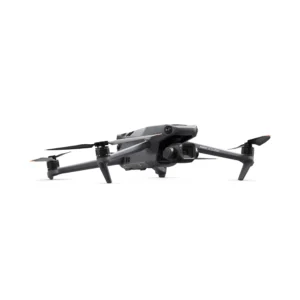
General tips for buying a drone
In addition to the above tips for specific drone models, there are also some general points to consider when buying drones.
We have already written the following articles on this and can recommend them as additional reading:
- Buying drones cheaply
- Buying drones directly from the DJI Store – advantages and disadvantages
- DJI Store – get a 5% discount
- DJI Credit: What is it and how can I use it?
- Buying drones in China (Gearbest) – what to look out for
Drone for beginners and newcomers FAQ
We recommend the DJI Ryze Tello for people on a budget. However, if you are willing to invest more, you should rather go for the DJI Mini 2 or the DJI Mavic Air 2. All info in the article.
For beginners, the price often plays an important role. However, it should be noted that more expensive models are usually much better suited for beginners, as they have a variety of safety features that make flying much easier. You can find all the information directly in the article.
That depends on the drone. Small drones up to a maximum of 249g do not require a drone licence. More information can be found in the article.
Yes, regardless of whether you are a beginner or a professional, private or commercial: anyone who wants to fly a drone in the EU needs drone insurance. Only toy drones without cameras are excluded. More information on this topic can be found in this article.
*The links to the DJI Store and/or the Amazon website contained in this article are so-called affiliate links. With these links DeinDrohnenpilot.de gets a commission for mediated purchases. The price does not increase for the customer.


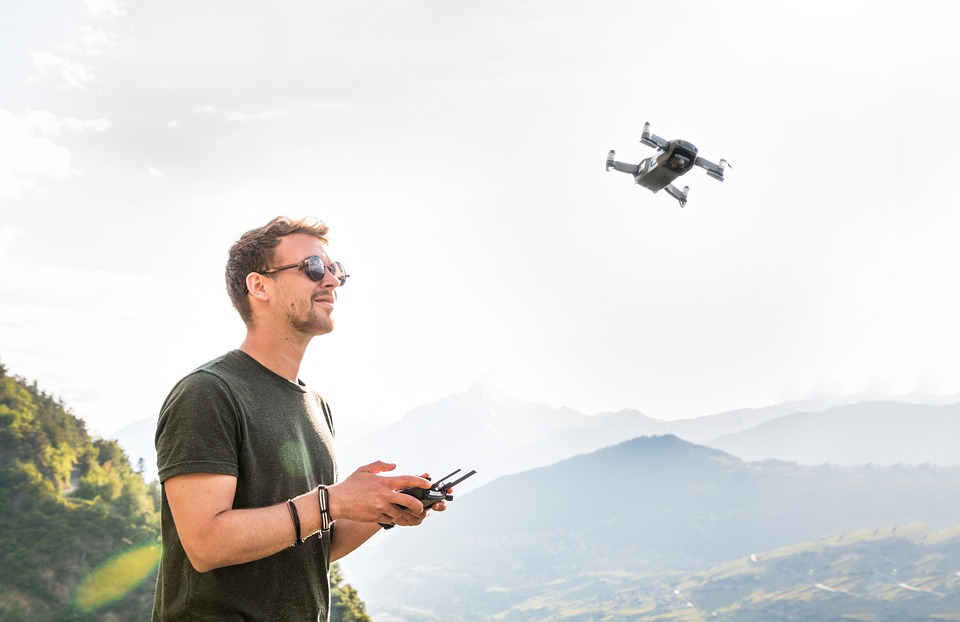
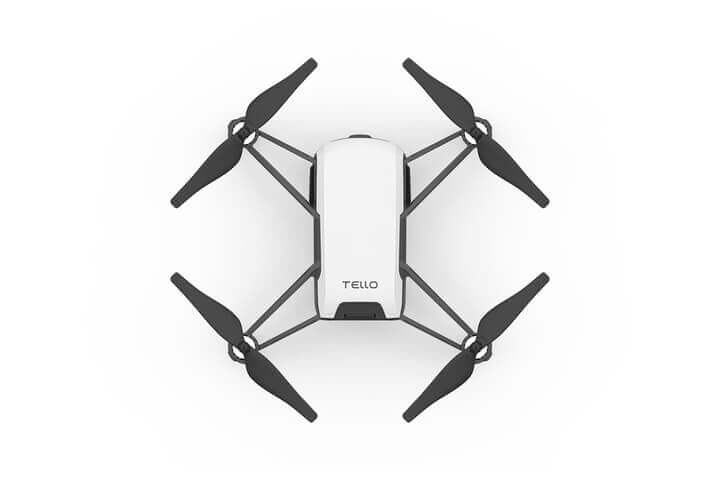
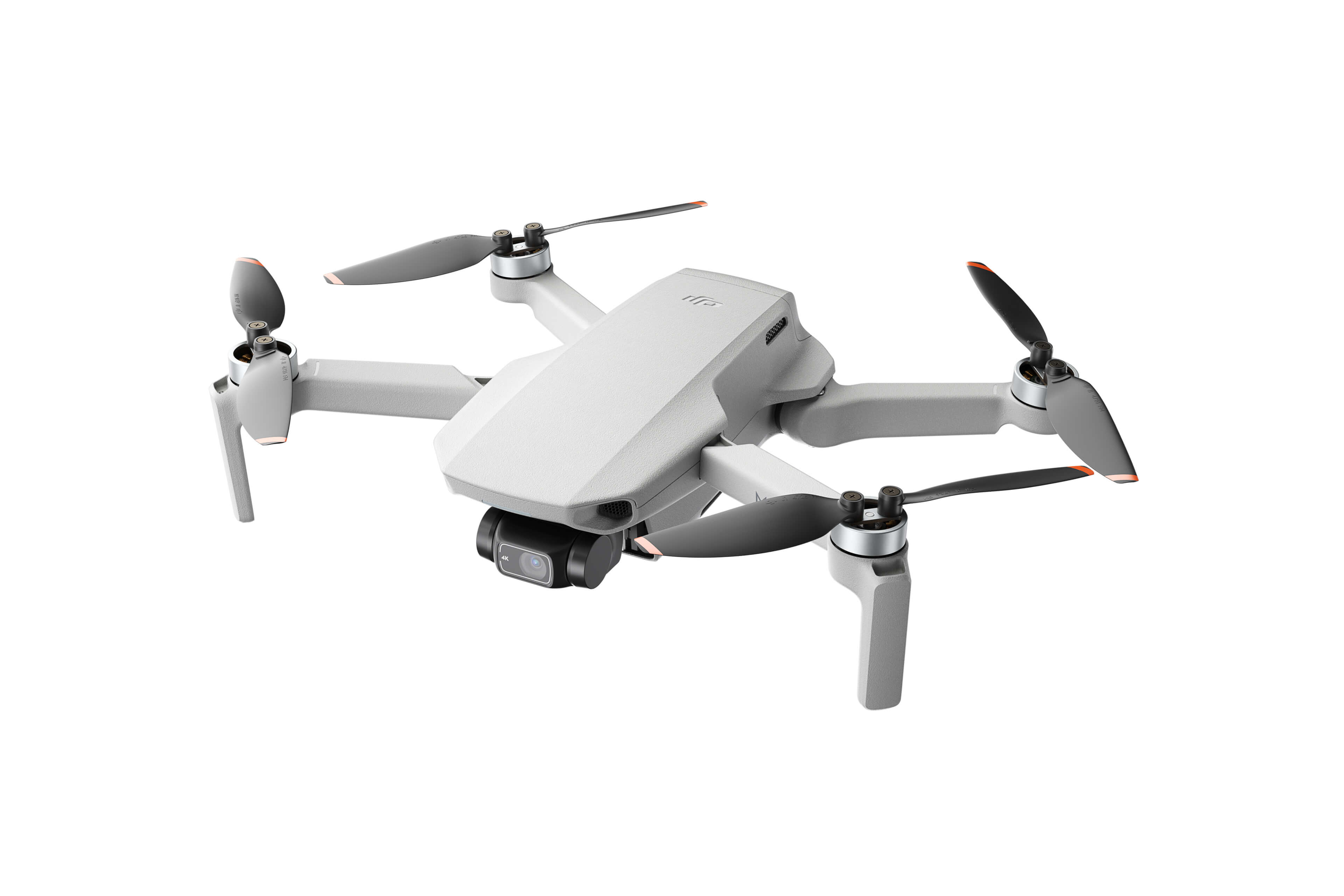
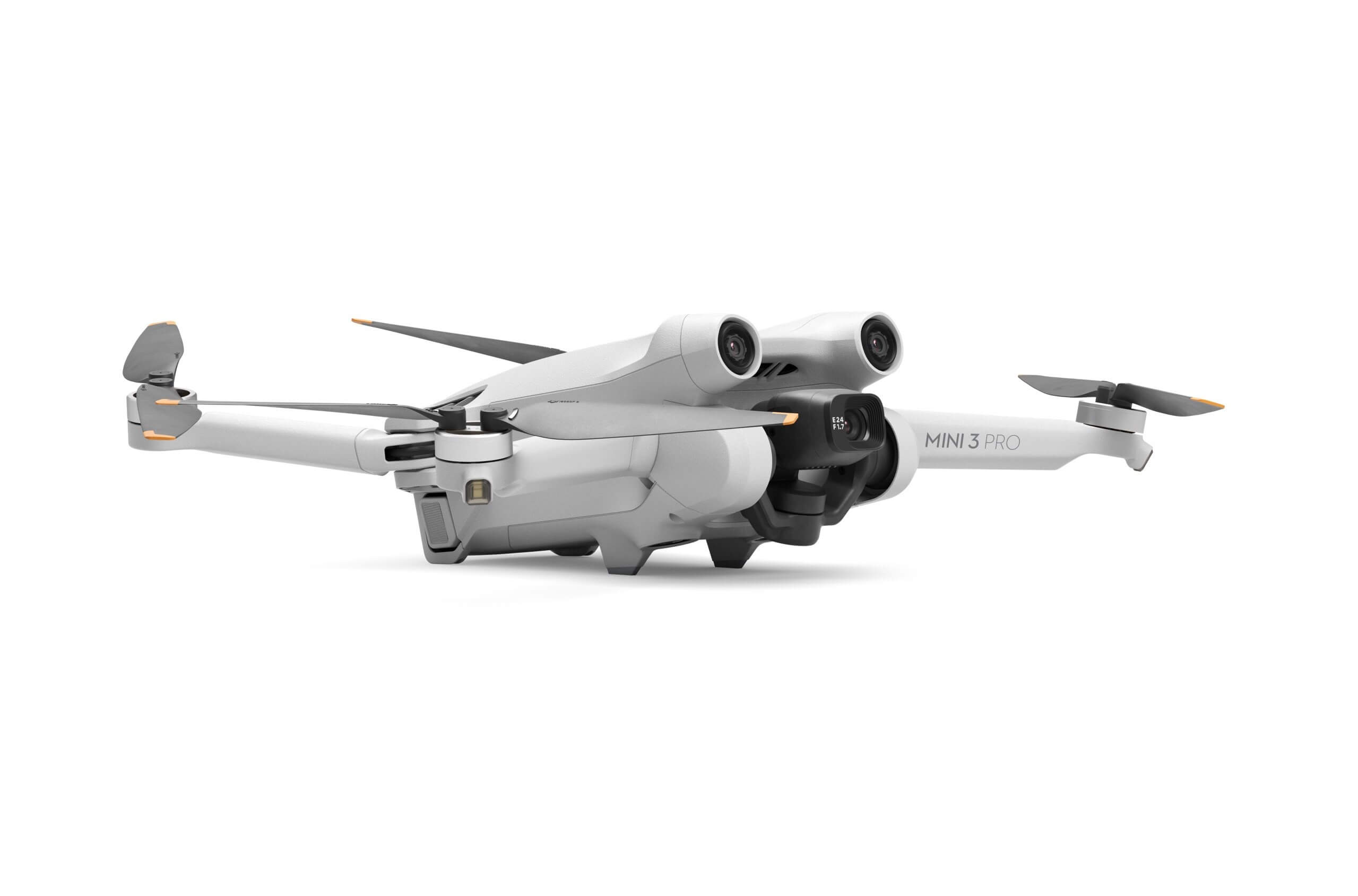
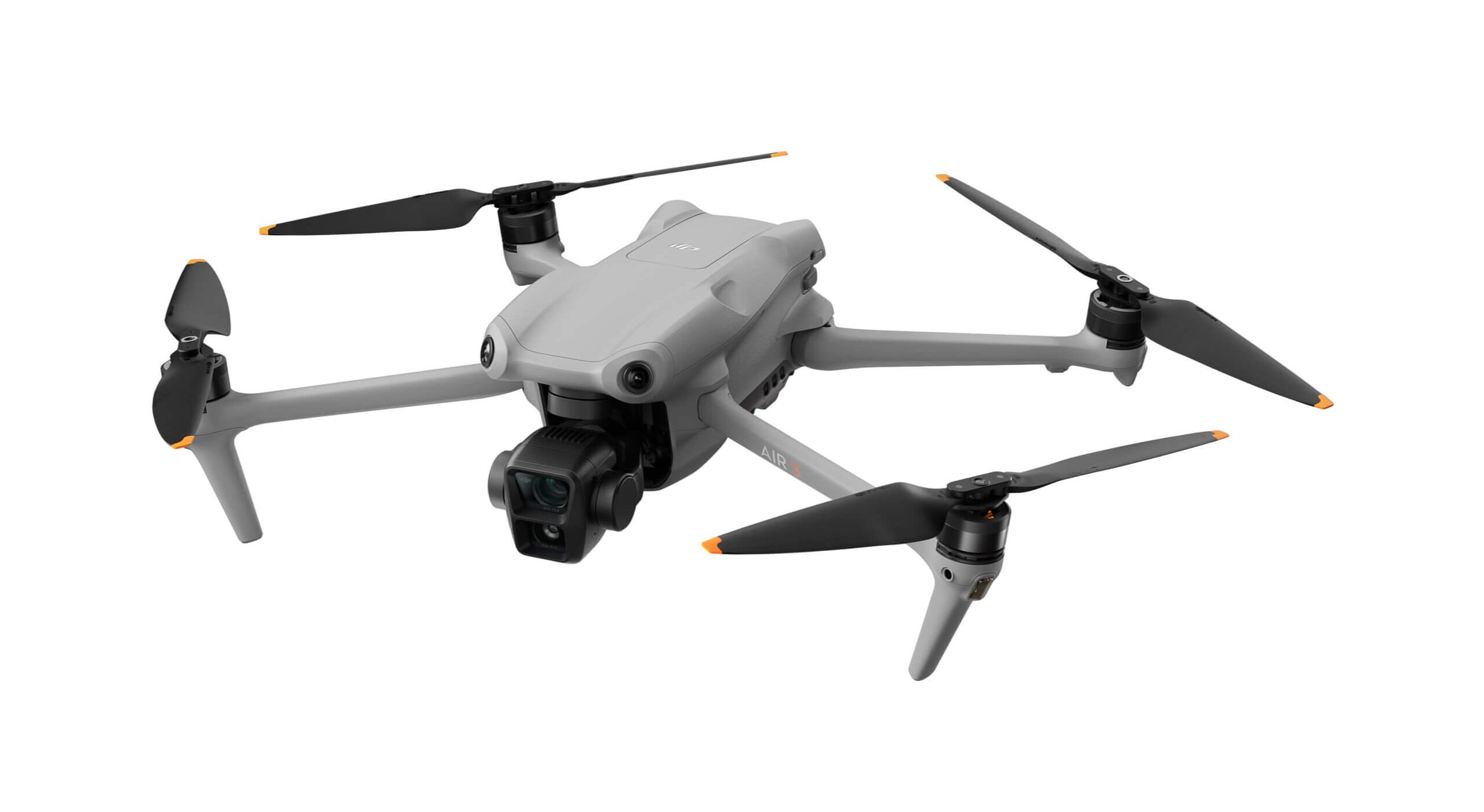
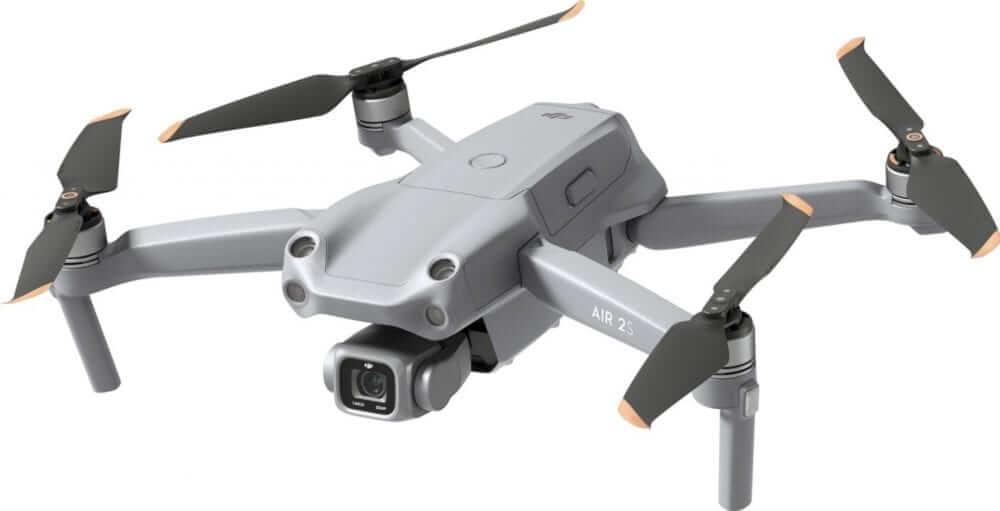
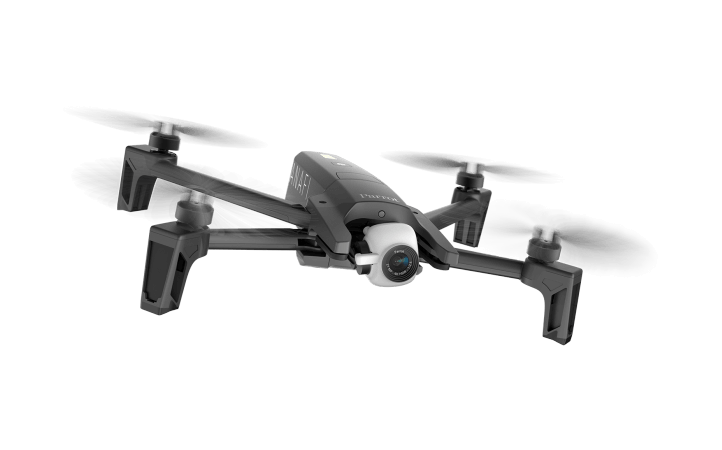
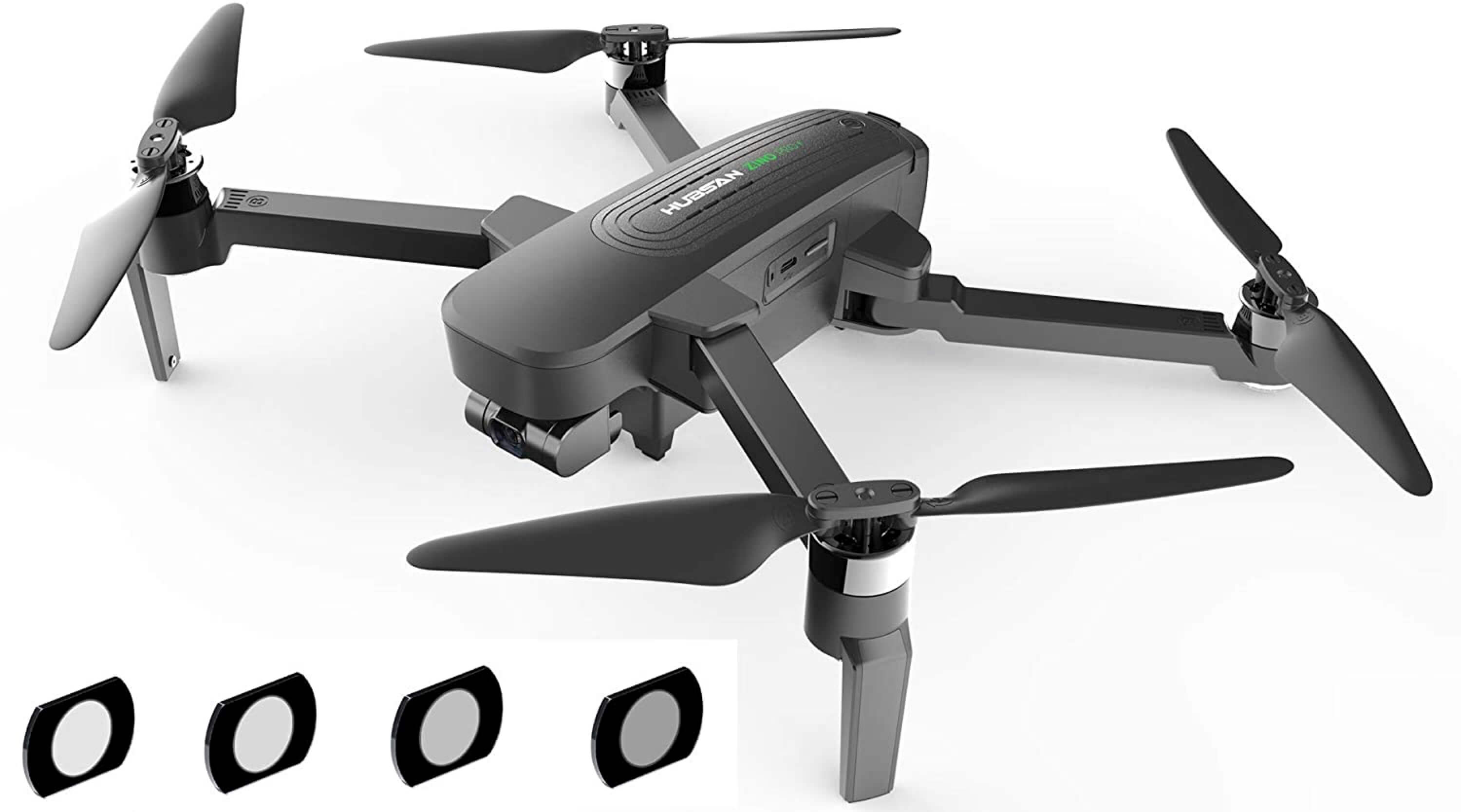
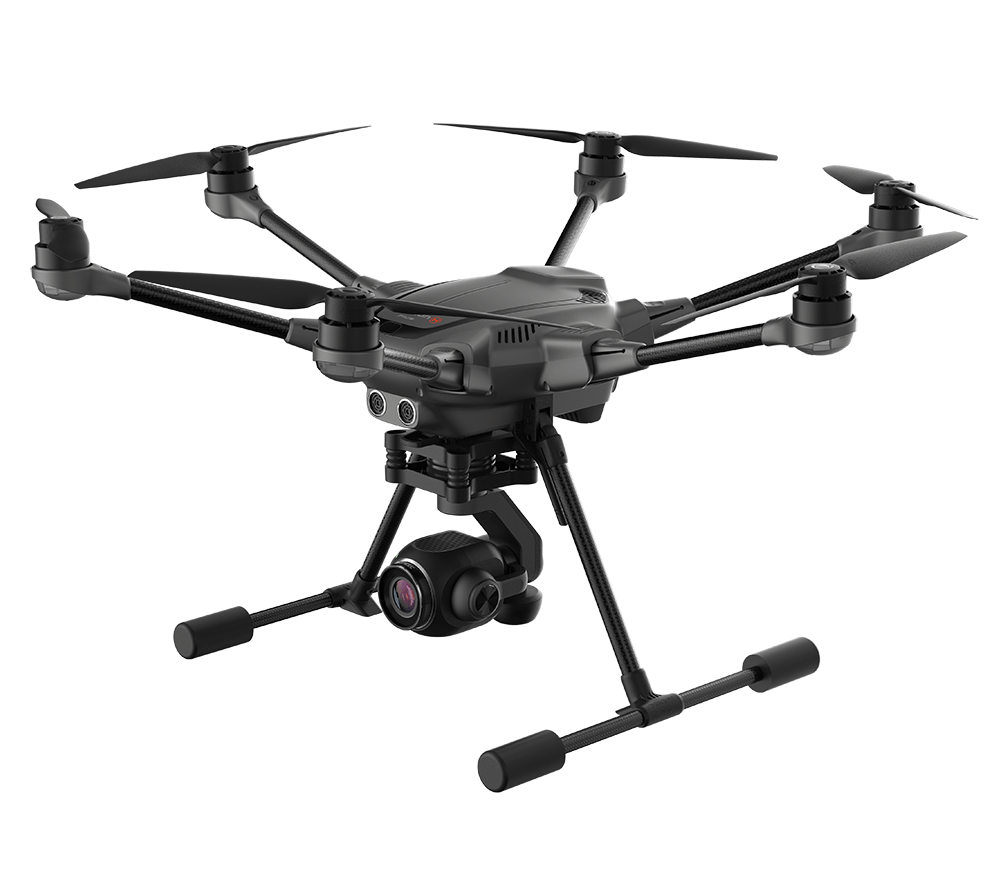
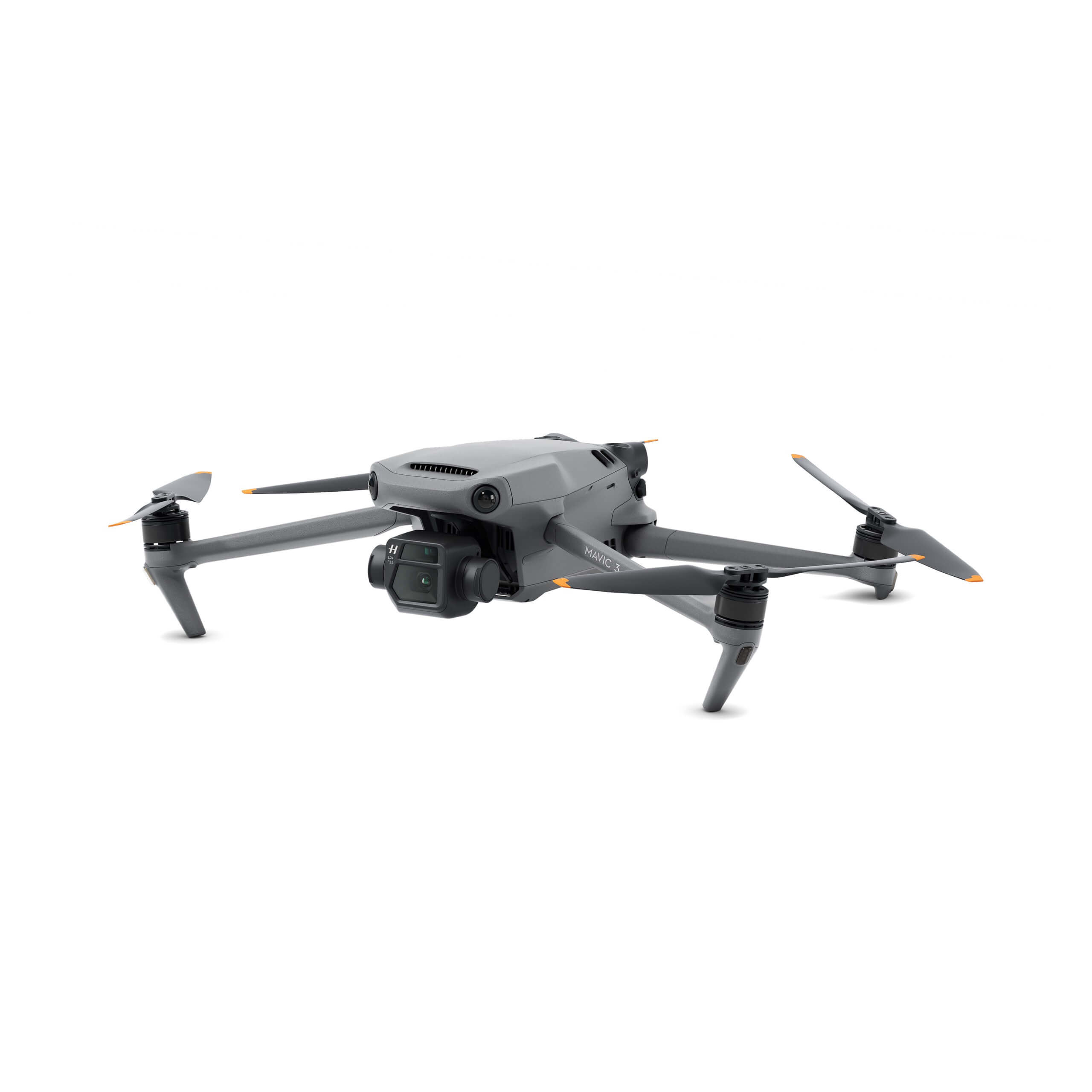
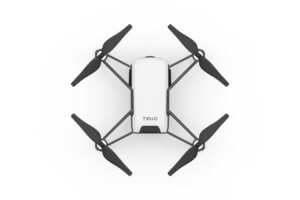
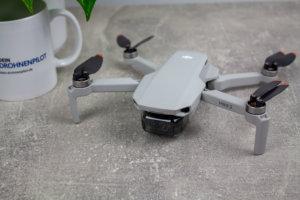
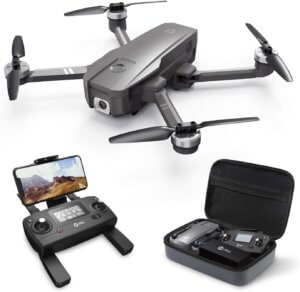
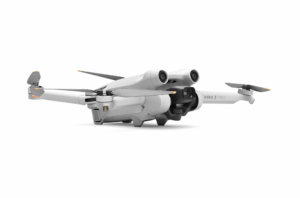
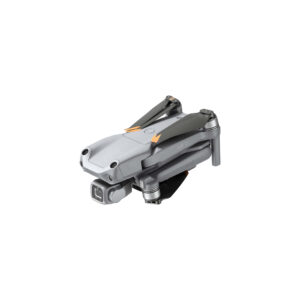
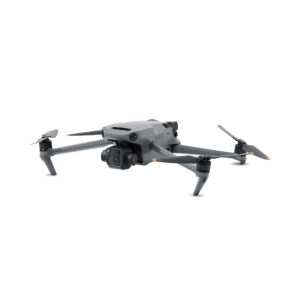
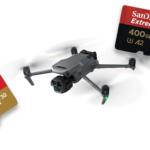
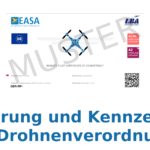
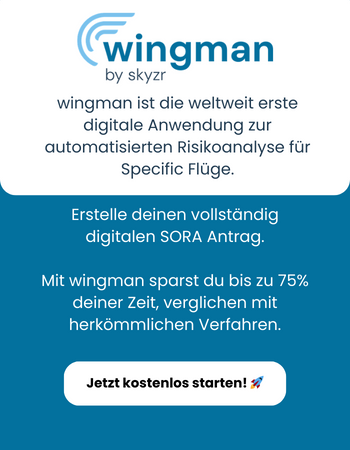
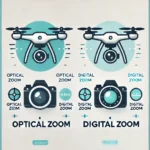
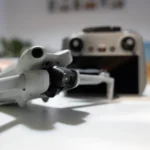
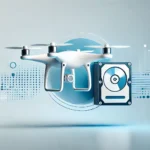
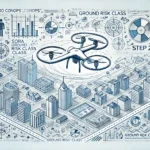

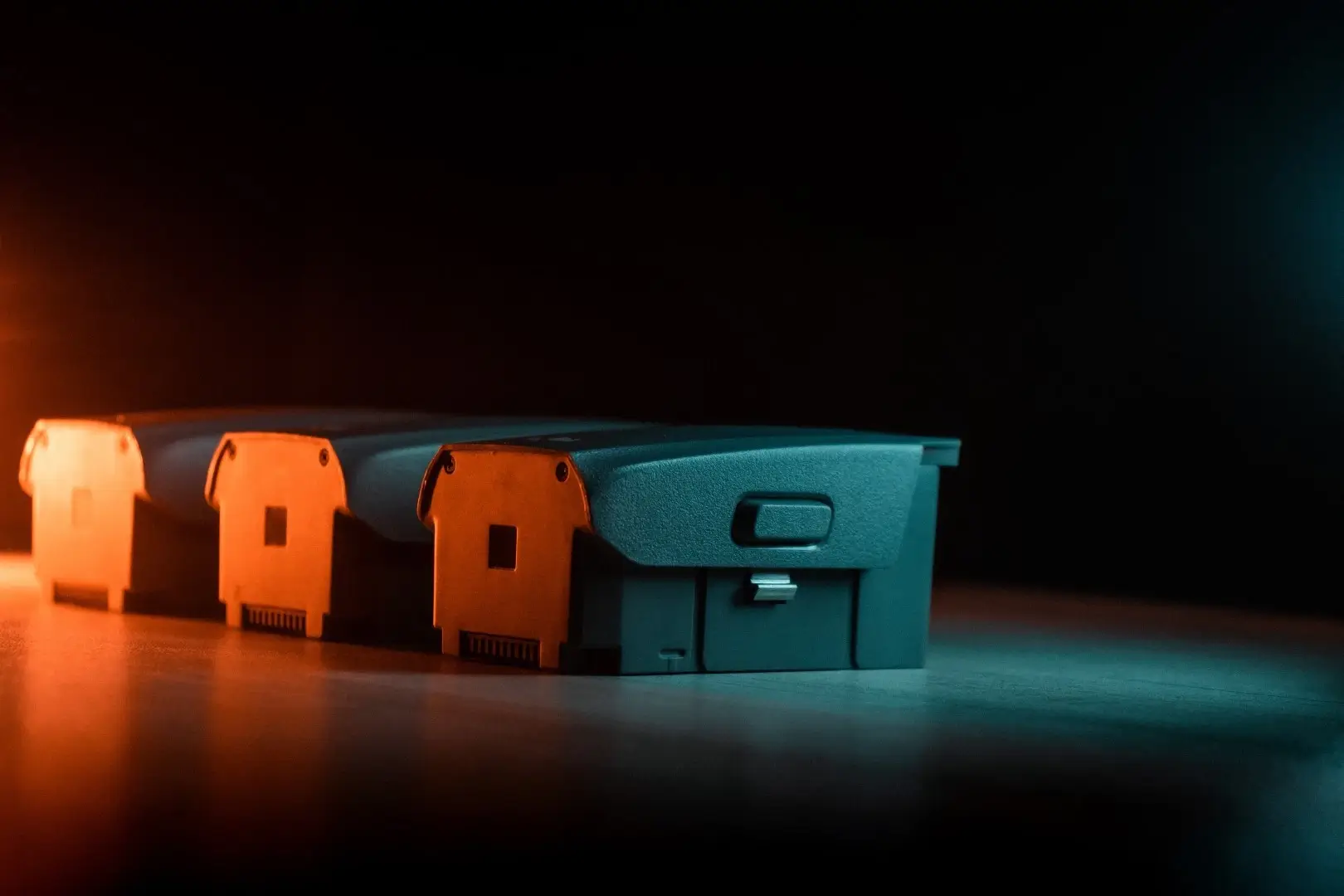
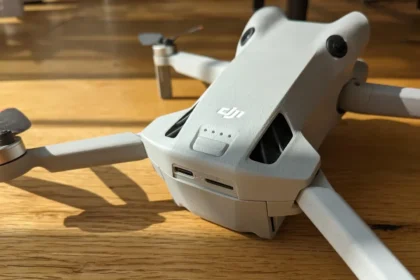

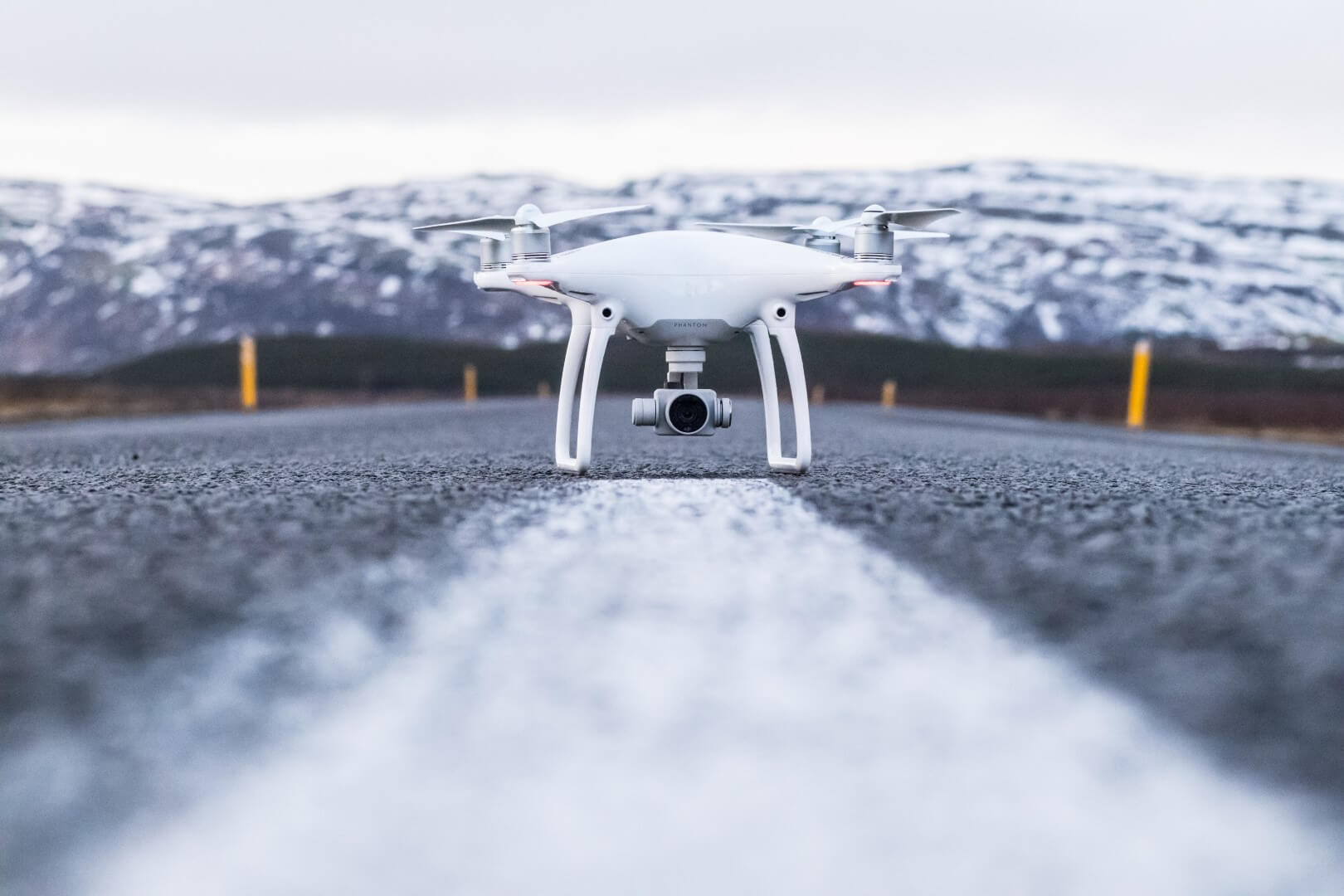
Bisher keine Antworten.
Lade neue Antworten
Nimm an der gesamten Diskussion im Drohnen Forum teil →